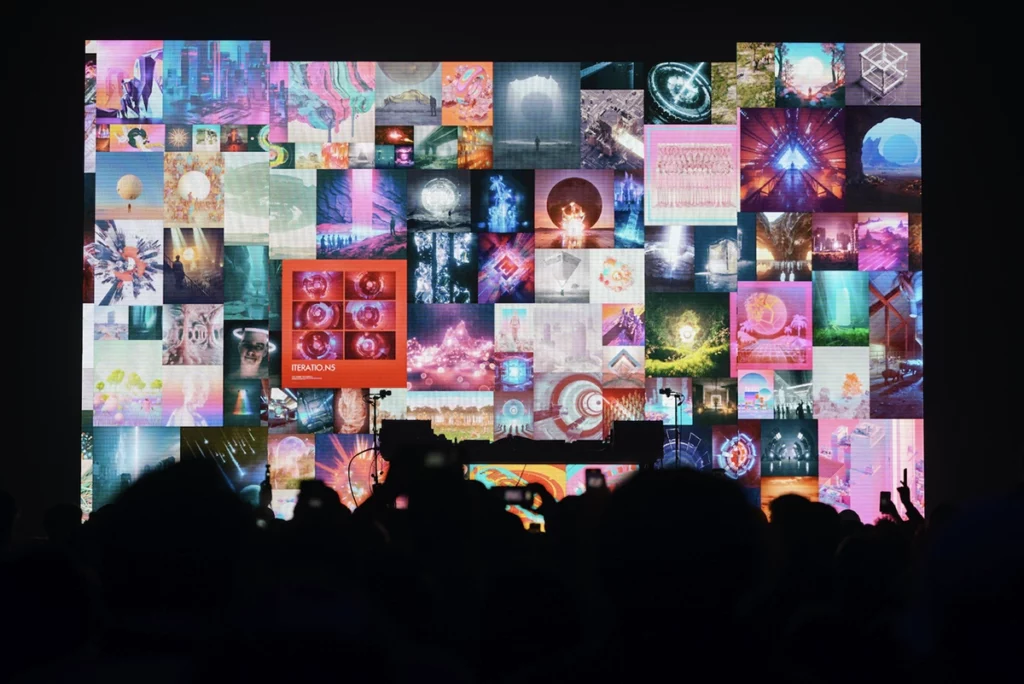Illuminating the Impact of Illumination Methods on the Art of Film Projection Mapping Techniques
Illuminating the Impact of Illumination Methods on the Art of Film Projection Mapping Techniques
Blog Article
Motion projection mapping is an innovative creative form that merges technology and innovation to transform ordinary spaces into extraordinary sight displays. This method entails projecting graphics and videos onto 3D objects, such as buildings, artworks, or stages. One of the key significant factors in creating effective projection in the use of effective lighting methods. Proper lighting improves the visual components of the display and ensures that the visuals are crisp and captivating. This piece examines the influence of lighting techniques on motion projection and how they can elevate the overall encounter.
Illumination plays a vital role in motion mapping because it establishes the atmosphere and tone of the exhibit. Different lighting techniques can evoke various feelings and reactions from the audience. For example, using gentle, warm illumination can create a welcoming environment, while bright, cold lights may create a more dynamic or dramatic impact. By thoughtfully choosing illumination colors and intensities, artists can influence how audience interpret the displayed images, leading to a more immersive encounter. The equilibrium between projection brightness and ambient illumination is essential, as it can significantly affect the clarity and effect of the visuals.
In addition to, hue and brightness, the direction of light also affects the efficacy of mapping. Lighting from different angles can create shadows and accents that add check this link right here depth to the projected images. This technique, known as light and shadow, can enhance the three-dimensionality of the objects being mapped. Furthermore, using dynamic lights can add dynamism to the exhibit, making the experience more involving for the viewers. When the light interacts with the projected visuals, it can create an illusion of motion and transformation, capturing the viewers' focus.
Another important element of lighting in mapping in the use of unique effects. Methods such as gobo illumination, which employs check this link right here patterns and forms to filter light, can introduce depth and intricacy to the projections. This approach allows artists to layer images and create aesthetically captivating results that enhance the projection. Moreover, incorporating laser lights or light-emitting diode lights can further enhance the display, providing a distinct mix of sight components that attract the audience in. These unique features, when used carefully, can elevate the mapping into a basic show to an engaging piece of creativity.
In conclusion, the influence of illumination methods on motion projection is profound. By understanding how different illumination components interact with mapped images, artists can create enthralling encounters that connect with viewers. The thoughtful choosing of hue, brightness, angle, and special effects enables for a rich canvas of visual storytelling. As technology continues to grow, the possibilities for artistic expression in projection will only grow, making lighting an ever-important component in this progressive creative form.